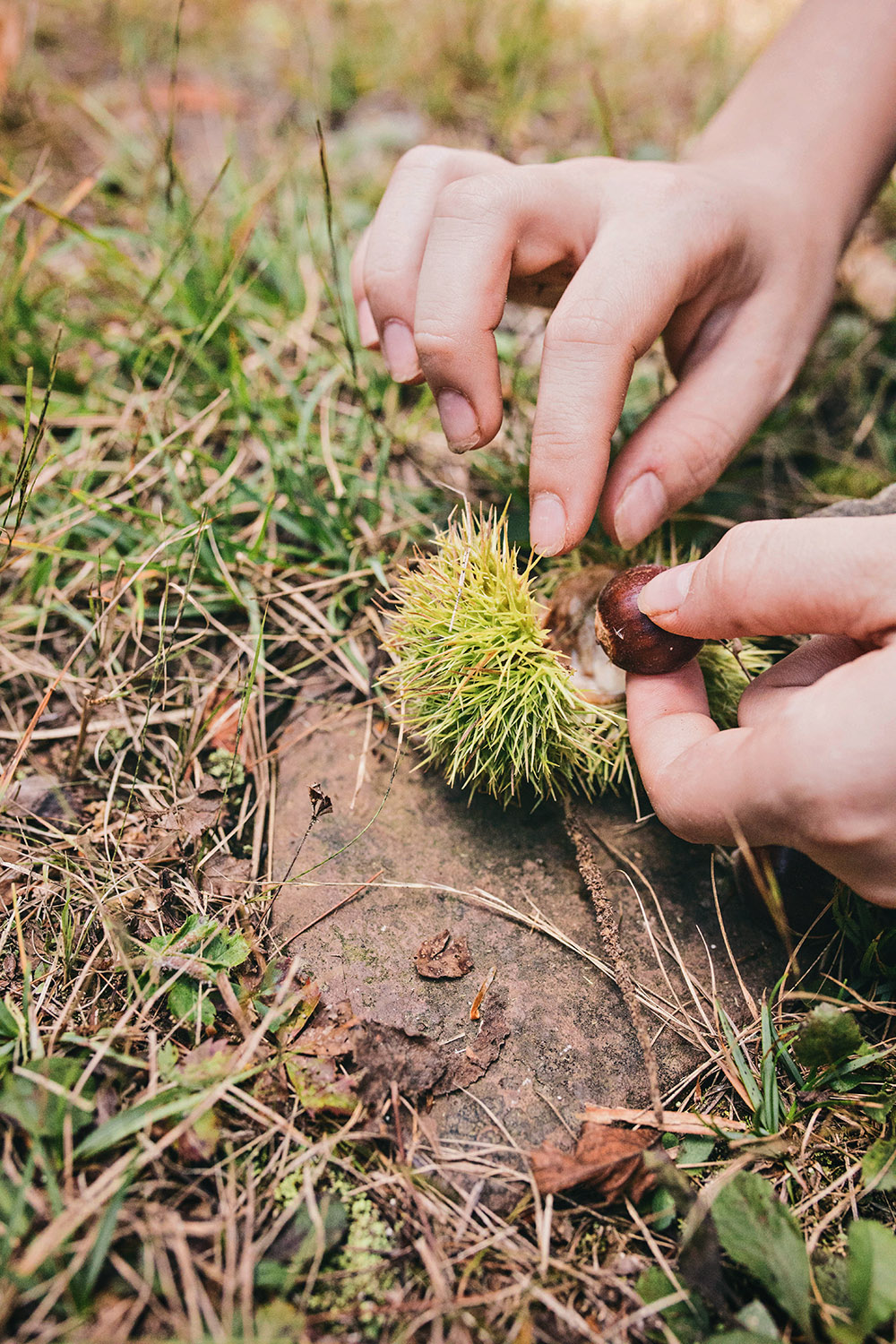Appalachian Appetite: A Review

Susi Gott Segurét may have honed her culinary chops in France for 20 years but her home of Madison County, North Carolina—and the food, music, and stories that permeated the hills—always provided a foundation for her food, and life, philosophy. Her new cookbook "Appalachian Appetite" is a collection of recipes, songs, and stories that delves into both the histronics and future of Appalachian food.
"Food is inevitably what holds a society together," she writes in the introduction to the book, published by Hatherleigh Press. "Familiar flavors linking memory to both present and past, as well as to religion and culture, creating a roadmap for generations to come."
The recipes come from Seguret herself as well a number of other chefs, writers, friends, farmers and more. Expect dishes such as Tea-Smoked Quail Breast, Tennesee Corn and Truffle Flan, and Carolina Bison Sirloin with Red Wine Butter and Stuffed Ulster Baked Potatoes, to be featured along with classic staples such as Maple Apple Butter and Strawberry Jam.
The cookbook will please both accomplished chefs and home chefs alike, and a variety of side notes, appendices, and other resources offer a fuller picture of the growing trend of Appalachian food.
Greenbrier Valley Quarterly caught up with Susi to talk about her new book and her philosophy of food.
GVQ: You obviously have a very close connection to the land. How does that connection inform your food philosophy?
SGS: The closer to home I can find my ingredients, the happier I am. If I can wander out the back door and pick a tomato from my vegetable patch (just above the kitchen); if I can reach just beyond the porch steps for fresh sprigs of sage and thyme; if I can wander a few steps down to the chicken house for that extra egg, I’m right in my domain. In springtime the lawn provides violets and dandelions and creasy greens; the woods just beyond provide ramps and nettles, morels and turkey foot. Wild mustard flowers and redbud and day lilies are available for garnishes, and spicebush, sassafras and birch twigs are always available to steep a fine tea. There’s something in every season that can make a satisfying dish, so the grocery store is a last resort. (And considering I live 25 miles from the nearest one, and 50 miles from the nearest specialty shop, that’s a good thing!)
GVQ: Many of the recipes in the book are Appalachian classics, but you also include some more modern interpretations. How did you come to curate the varied recipes included in the book?
SGS: The recipes included in this tome are somewhat a result of the luck of the draw. With hundreds of ideas for each ingredient, the ones that made the cut came from those chefs who actually responded within the deadline, or else they were the recipes which were first and foremost on my mind that season, which happened to be spring (hence the richness of ramp and morel references). My personal preference is always dictated by simplicity, but many American chefs like to elaborate, and I enjoy offering them poetic license.
GVQ: Who are some of the Appalachian chefs that inspire you today?
SGS: Mark Rosenstein, Michael Moore, Denny Trantham, William Dissen, Nate Allen, Elliott Moss, Edward Lee, Travis Milton, John Fleer, Adam Hayes, Anne Hart (many of whom are featured in the cookbook), for starters. And also friends and neighbors of modest origin: Ellen Hensley (since passed on), Roxie Franklin, Ralph Lewis, Marty Lewis, and, of course, my mother.
GVQ: Where do you see Appalachian cooking in the next 10 years?
SGS: As the globe becomes increasingly conscious of what it will take to sustain our long-term balance, Appalachian cooking—which has always out of necessity embodied just that—will, I feel, become increasingly cited and revered. An unconditional respect for nature, culture, family and geography brings us right back around to where we began as a species.
Appalachian Appetite can be purchased from Amazon HERE and Barnes and Noble HERE.





